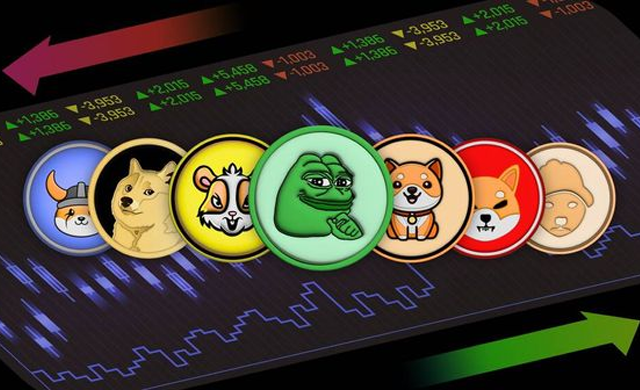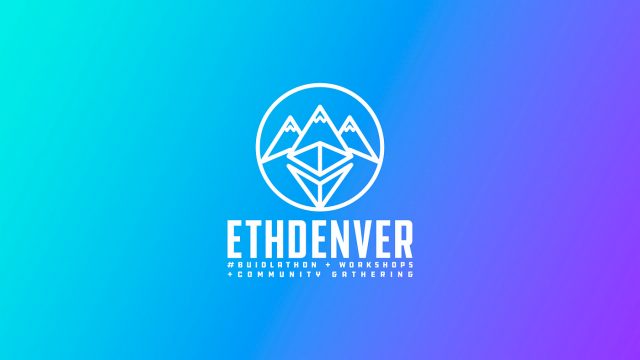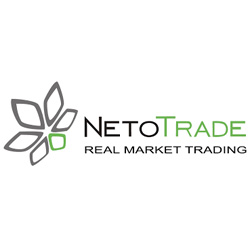Every successful brokerage starts with a bold decision to enter the market and build something lasting. However, in an industry where competition is fierce and regulations are tightening, launching a brokerage in 2025 requires more than ambition. It demands strategy, infrastructure, and the right technology.

MetaTrader remains the gold standard for brokers worldwide, but setting up a brokerage powered by MT4 or MT5 isn’t just about choosing a platform. It’s about liquidity, compliance, marketing, and, most importantly, delivering a seamless trading experience that keeps clients coming back.
So, how do you do it? How do you launch, scale, and succeed as a MetaTrader broker in 2025?
Why MetaTrader?
Today, brokers have two primary choices: MetaTrader 4 (MT4) and MetaTrader 5 (MT5)
MT4 was launched in 2005 and quickly became the go-to platform for forex trading. It is known for its simplicity, stability, and strong focus on currency markets. Many traders prefer MT4 because of its extensive library of indicators and support for Expert Advisors (EAs), allowing for automated trading.
MT5, released in 2010, offers more advanced features. Unlike MT4, it supports multiple asset classes, including forex, stocks, commodities, and cryptocurrencies. MT5 also has additional timeframes, more order types, and a built-in economic calendar. It is designed for brokers who want to provide traders with more flexibility and a broader range of trading opportunities.
While MT4 is still widely used, MT5 is the future. MetaQuotes, the developer of MetaTrader, has stopped issuing new MT4 licenses, encouraging brokers to transition to MT5. The newer platform is faster, more efficient, and better suited for multi-asset trading.
Why MetaTrader Still Reigns Supreme
So why do brokers stick with MetaTrader when newer platforms are emerging?
- Familiarity and Reliability: MetaTrader has been around for nearly two decades, and traders trust it. The seamless interface and deep liquidity integrations make it a go-to choice for brokers.
- Algorithmic Trading: With robust support for EAs and algorithmic strategies, MT4 and MT5 allow traders to execute automated strategies, increasing trade volumes—a win-win for both traders and brokers.
- Regulatory Compliance & Security: MetaTrader platforms offer encrypted data transmission and secure trade execution, helping brokers stay compliant in an increasingly regulated industry.
How to Become a MetaTrader Broker?
Launching a brokerage is an exciting venture, but the process involves much more than simply offering a trading platform.
Defining Your Business Model
Before anything else, a broker needs to decide what type of broker they want to be.
Some brokers opt for the Market Maker model, in which they act as counterparties to their clients’ trades. This approach offers more control over pricing and spreads, but it also has risk management challenges.
The alternative is ECN/STP, where traders’ orders are routed directly to liquidity providers. It’s a more transparent model, often preferred by experienced traders, but revenue comes primarily from commissions rather than spreads. The model you choose will determine everything—from risk exposure to branding and regulatory strategy.
Getting Legal: Licensing and Regulation
No serious brokerage can operate without a license. The jurisdiction you pick will shape your reputation, compliance burden, and market reach.
For brokers targeting institutional clients and regulated markets, CySEC (Cyprus), FCA (UK), or ASIC (Australia) are top-tier choices. These regulators require strict compliance, from capital requirements to KYC/AML enforcement. While expensive, the credibility boost is priceless.
For those looking for a more flexible (and cost-effective) setup, offshore options like Saint Vincent and the Grenadines or Belize offer fewer restrictions. However, some payment processors and banks may be hesitant to work with brokers from offshore jurisdictions, and global expansion can be tricky.
MetaTrader Install
Once your legal framework is in place, the next step is setting up your trading infrastructure. Your brokerage will need a MetaTrader server, a liquidity provider, and a back-office system for managing accounts and trades.
Ongoing Server Maintenance
Server maintenance is crucial for operating a successful brokerage, particularly when using platforms like MetaTrader 5 (MT5). It entails regular updates, managing liquidity connections, and compliance with regulations. Building and training a dedicated technical team is a costly, time-intensive process that can take up to six months.
However, a growing trend among brokerages is to outsource this function to specialised service providers to cut costs and liberate resources. For instance, B2BROKER, a global fintech firm, offers MetaTrader setup and ongoing support services. This approach helps brokerages sustain high operational standards without the burden of in-house management.
The Liquidity Game: Why It’s Non-Negotiable
Liquidity is the backbone of any brokerage. Without strong liquidity connections, traders will face issues with slippage, spreads, and execution speed.
Liquidity providers (LPs) supply the pricing and execution backbone of your brokerage. The goal is to offer traders tight spreads, fast execution, and deep market depth—without suffering from slippage or trade rejections.
The best MT5 broker will not rely on a single LP. Instead, this brokerage will use liquidity aggregators to pull pricing from multiple sources, ensuring the best possible bid/ask rates. In high-volatility markets, this can be the difference between a smooth trading experience and a flood of angry customer complaints.
Payments and Withdrawals: Where Trust is Won or Lost
A smooth trading experience means nothing if traders can’t deposit and withdraw funds.
Brokers need to integrate multiple payment solutions—bank transfers, credit cards, e-wallets, and even crypto. In some regions, alternative payment methods (local banks, mobile money) are essential for attracting traders.
Security is another factor. Regulators are clamping down on lax KYC/AML policies, and brokers must ensure their payment flows are fully compliant. Fast, reliable withdrawals aren’t just a feature but a reputation builder. The firms that process withdrawals efficiently earn trader loyalty. The ones that don’t? They get red-flagged across trading forums.
Customer Service
Customer support is another make-or-break factor. A 24/5 multilingual support team is essential for handling client issues, processing withdrawals, and resolving disputes. Many brokers invest in AI-driven chatbots to speed up response times without sacrificing customer experience.
Marketing & Growth: Standing Out in a Crowded Market
Even the most advanced brokerage platform won’t succeed without a solid marketing strategy. The forex industry is highly competitive, so brokers need to stand out.
Successful brokers invest in SEO, content marketing, and social media engagement. They build trust through educational content, live webinars, and in-depth market analysis. The goal is to position the brand as an authority in the trading space.
Partnerships also play a huge role. Many brokers use Introducing Broker (IB) networks and affiliate programs to expand their reach. Offering highly competitive commissions and revenue-sharing models helps drive consistent traffic to the platform.
The Final Word
Becoming a MetaTrader broker in 2025 is a challenging yet rewarding endeavor. The industry is highly competitive, heavily regulated, and requires significant capital investment. However, for those who establish a solid foundation, the rewards are massive.

 Hot Features
Hot Features













